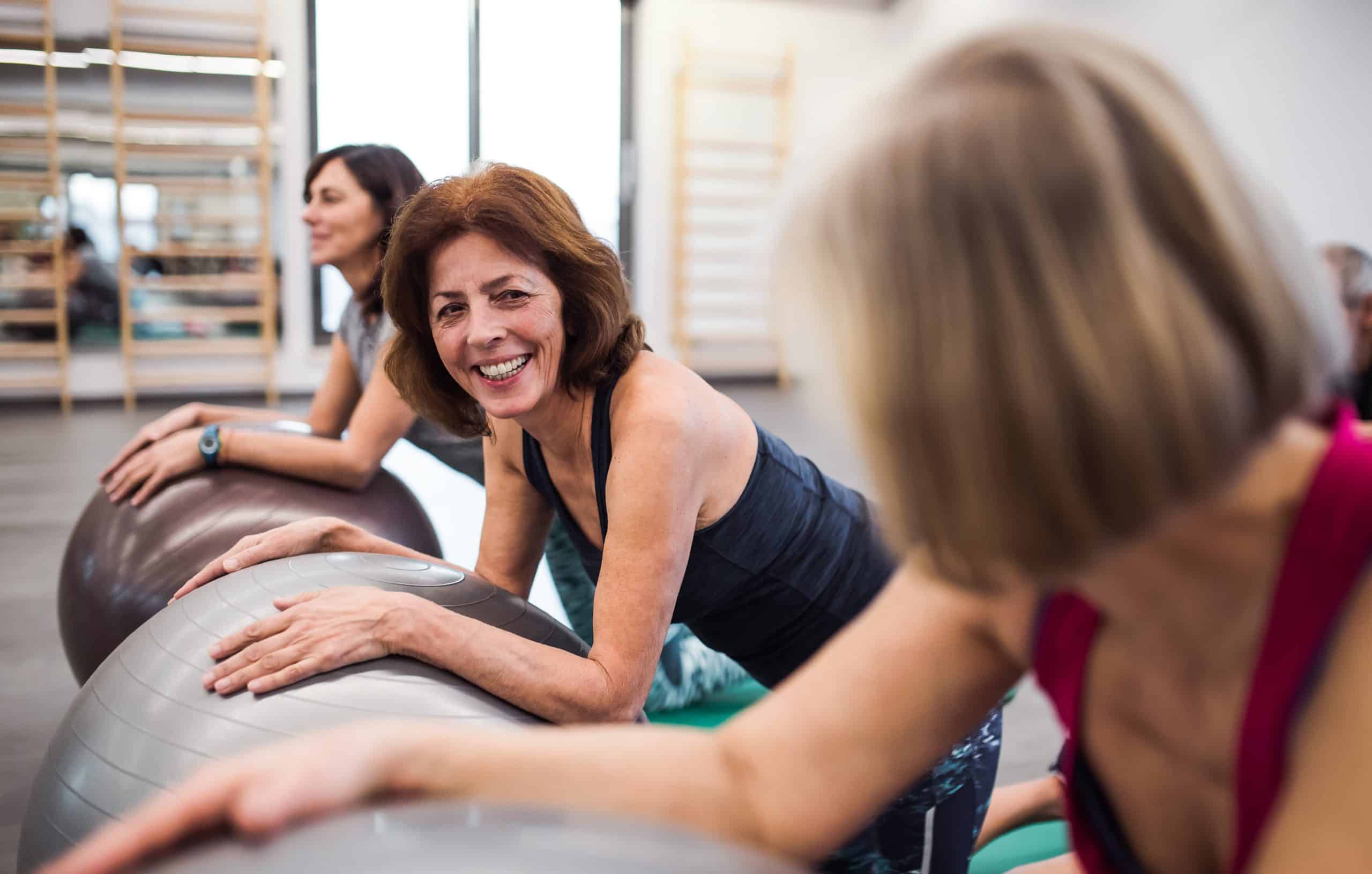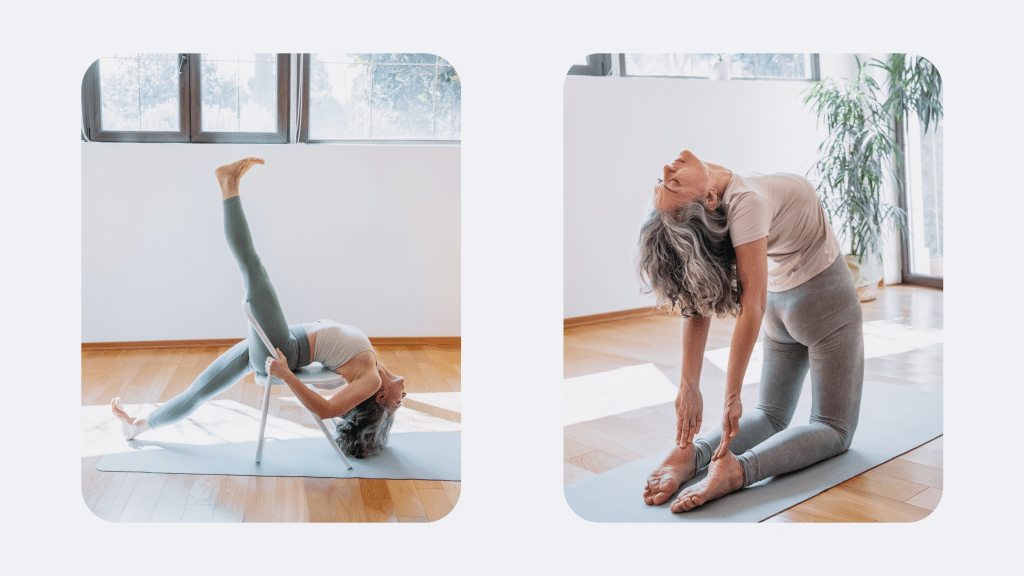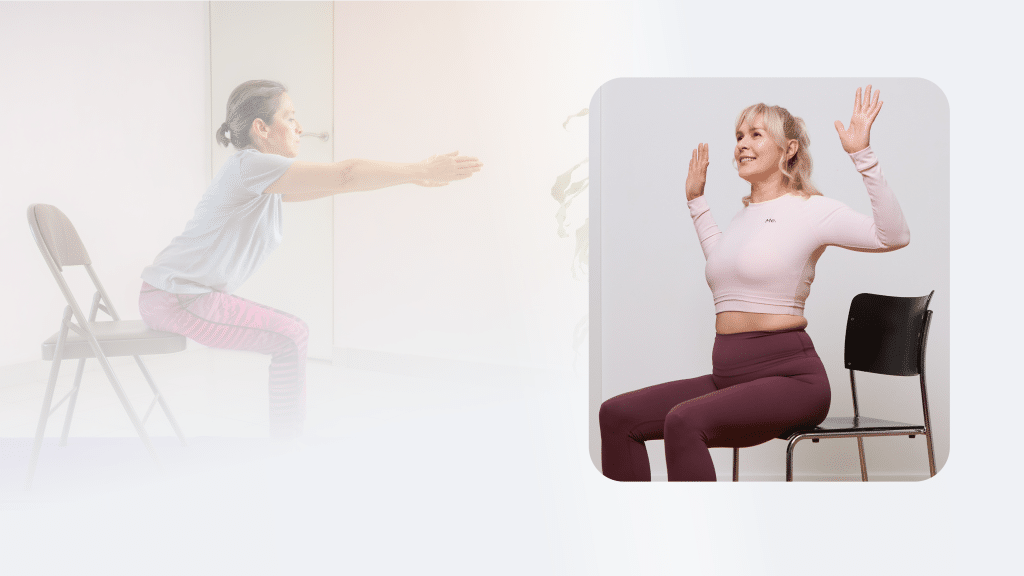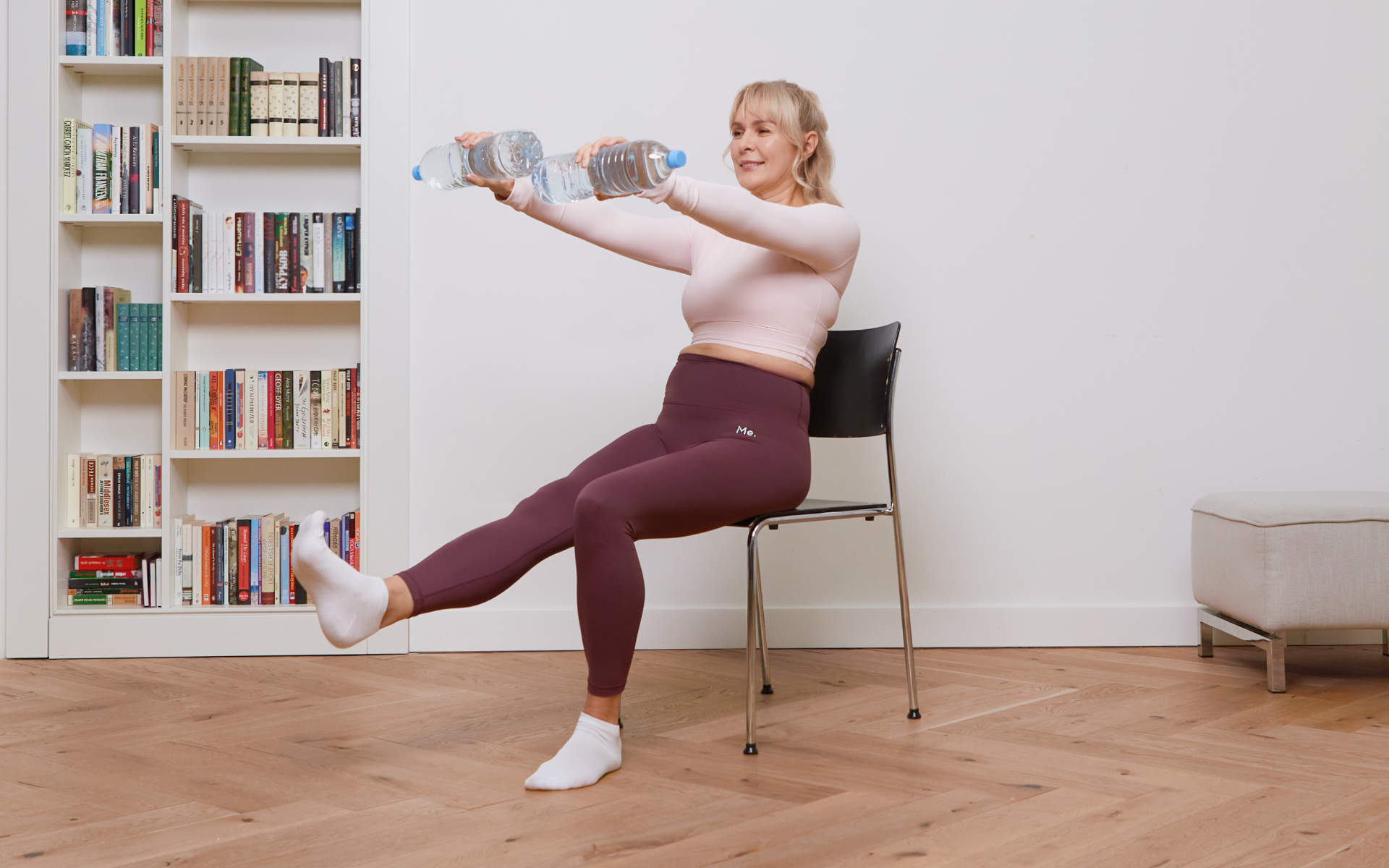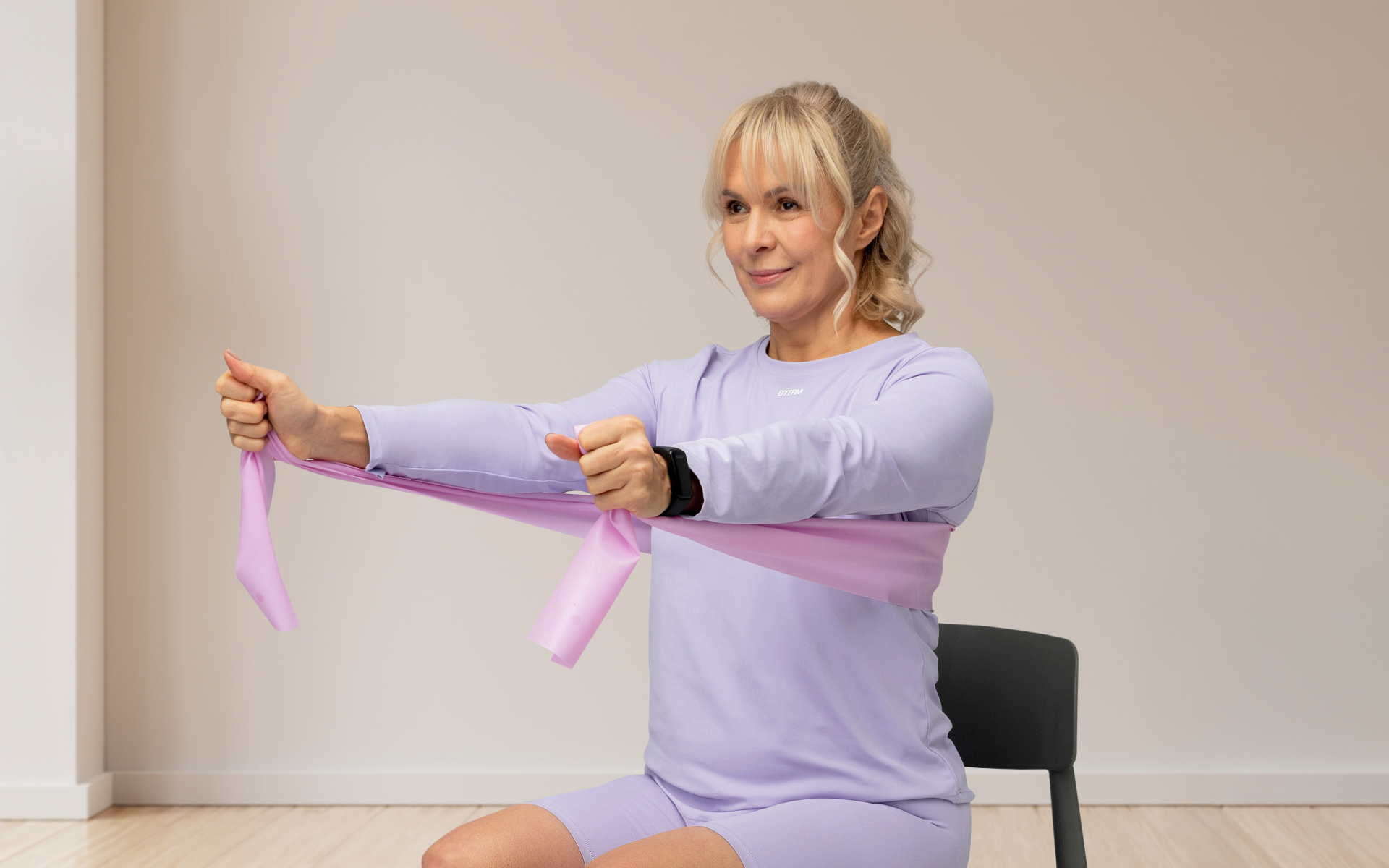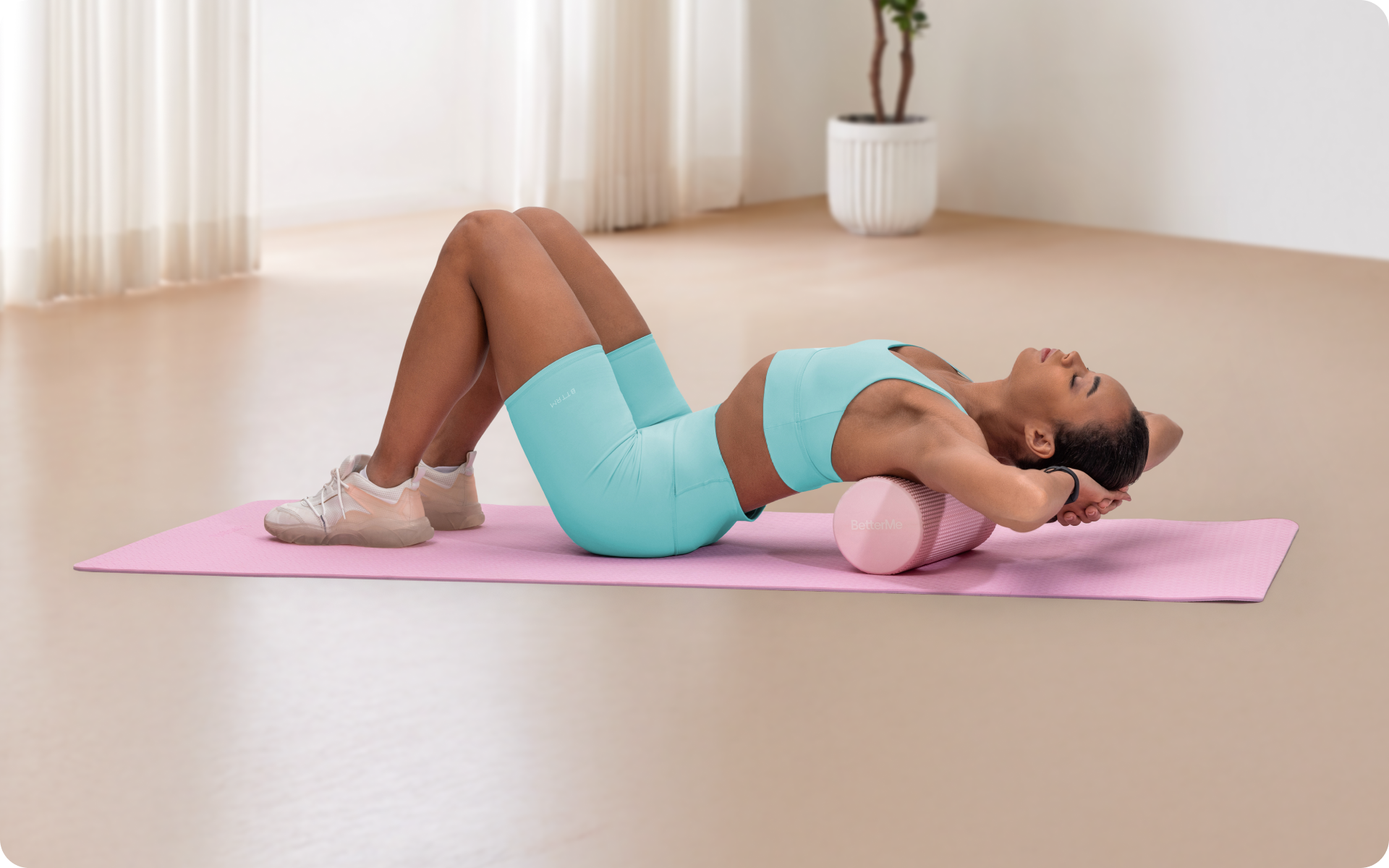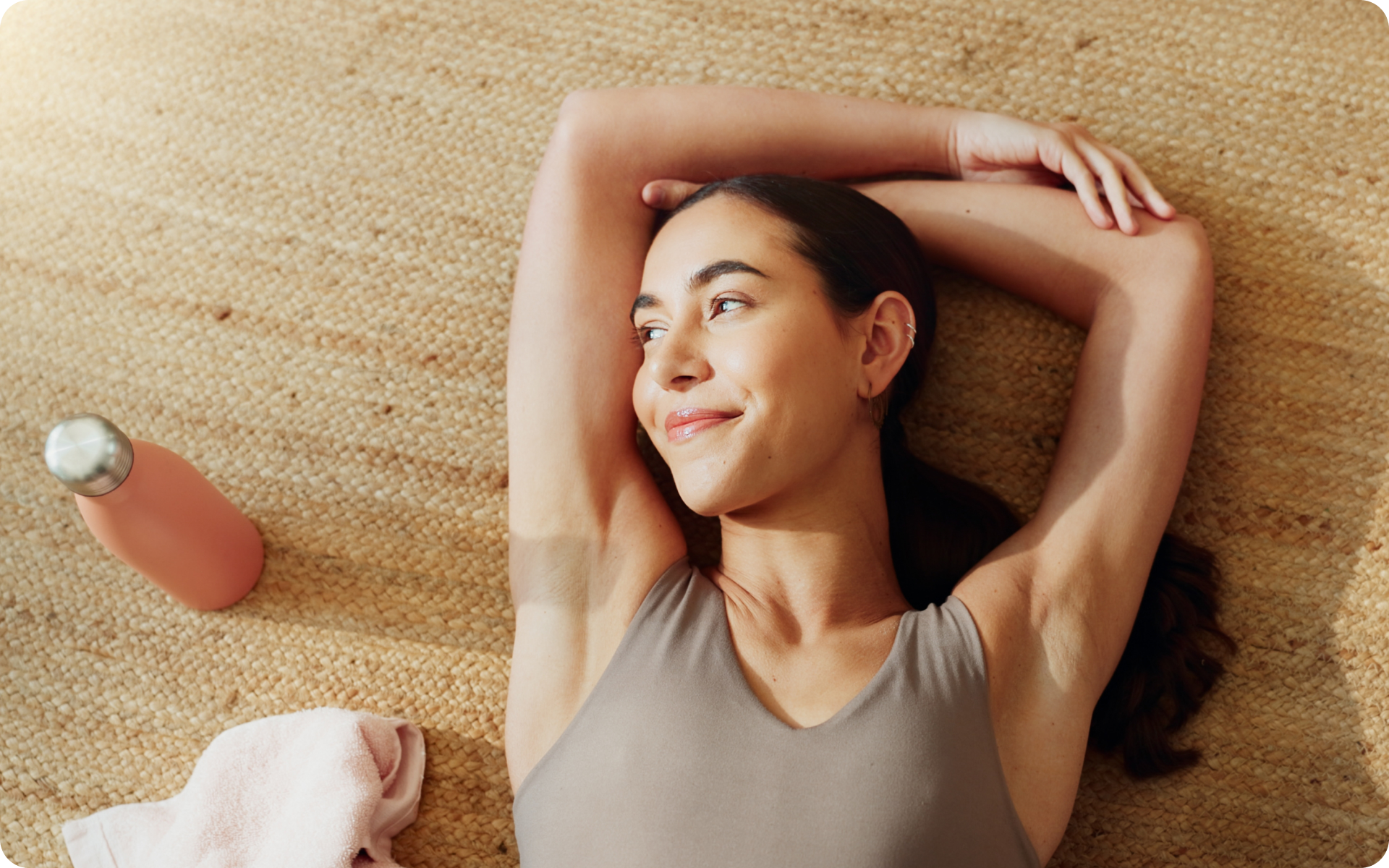Imagine being able to move with the grace and agility of a dancer, while tackling the strength and endurance challenges of an athlete. Now, I know it may seem impossible, but that’s what dynamic balance can do for you!
Whether you are lifting weights, running, practicing yoga, or just doing everyday activities, dynamic balance is crucial for enhancing your overall fitness and performance.
Unlike static balance exercises, which focus on holding a position, dynamic balance challenges the body’s ability to adapt to shifting dynamics and unexpected changes, making it essential for several physical activities.
Including these exercises in your current fitness routine will not only build core strength but also enhance agility, coordination, and overall body awareness.
Here, we will explore the significance of dynamic balance exercises, how they can transform your fitness routine, as well as the five best dynamic balance exercises you to start including now.
What are the Best Dynamic Balance Exercises?
Dynamic balance refers to the ability to maintain stability and control during movement. This is essential for performing everyday tasks and complex athletic movements.
When you engage in dynamic balance exercises, you are training several muscle groups and enhancing your neuromuscular coordination (1). This not only improves physical performance but also reduces the risk of injuries.
Think of it as fine-tuning a musical instrument. The better you are at controlling your movements, the more harmonious and efficient your performance is going to be.
Benefits of Including Dynamic Balance and Its Impact on the Body
Including dynamic balance exercises in your fitness routine offers several benefits. First, it can enhance your core strength (2). Your core muscles are actively engaged in maintaining balance, leading to a stronger and more stable midsection. This is particularly beneficial for athletes and fitness enthusiasts who need a solid core for optimal performance.
Second, dynamic balance exercises improve your proprioception, which is your body’s ability to sense its position in space. Enhanced proprioception leads to better coordination and quicker reaction times, making you more agile and less prone to falls and injuries (an important trait for older adults).
Lastly, these exercises add variety to your workout routine. They can break the monotony of repetitive exercises and introduce new challenges, keeping you motivated and engaged. Plus, they can be easily adapted to different fitness levels, making them suitable for everyone from beginners to advanced athletes.
Whether you’re a workout beast or just a beginner making your first foray into the world of fitness and dieting – BetterMe has a lot to offer to both newbies and experts! Install the app and experience the versatility first-hand!
How to Train Dynamic Stability?
Training dynamic stability involves focusing on exercises that challenge your balance while moving. Start with basic movements and gradually progress to more complex exercises as your stability improves. Key components include balance, strength, and coordination.
Include exercises like single-leg stands, balance boards, and stability ball workouts. These exercises engage multiple muscle groups and require you to maintain your balance during movement. Over time, you’ll notice improved control and stability in your movements.
Consistency is key. Aim to include dynamic balance exercises in your routine at least two to three times a week. This will help you build the necessary strength and coordination to maintain dynamic stability.
Read more: 5 Flexibility Exercises for a More Supple You
How to Test Dynamic Balance?
Testing your dynamic balance can help you determine your progress and identify areas that need improvement. One simple test is the Y-Balance Test (4). This involves standing on one foot and reaching out in different directions with the other while maintaining your balance. This test assesses your balance, strength, and flexibility.
Another effective test is the Star Excursion Balance Test (3). Similar to the Y-Balance Test, it requires you to stand on one foot and reach out in multiple directions. This test provides a comprehensive assessment of your dynamic balance capabilities.
Regularly testing your dynamic balance allows you to track your progress and adjust your training accordingly. It helps you stay motivated by showing tangible improvements in your balance and stability.
What Is an Example of A Dynamic Balance Exercise?
One excellent example of a dynamic balance exercise for adults is the Single-Leg Deadlift. This exercise not only challenges your balance but also strengthens your hamstrings, glutes, and lower back.
To perform a single-leg deadlift, stand on one leg with a slight bend in your knee. Hinge at your hips to lower your torso forward while extending the opposite leg behind you. Keep your back straight and your core engaged. Return to the starting position and repeat.
This exercise requires concentration and control, making it an effective way to improve your dynamic balance. Plus, it’s versatile and can be modified to suit different fitness levels.
What Are the Best 5 Dynamic Balance Exercises?
So, now that you know the importance of dynamic balance exercises, how can you include them in your daily routine? Here are the top five dynamic balance exercises suitable for all fitness levels that will help you build strength and agility while improving your balance.
- Bosu ball squats. Performing squats on a Bosu ball engages your core and lower body muscles while improving your balance. Start with bodyweight squats and progress to holding weights as your balance improves.
- Lunge to balance. This exercise combines lunges and balance work, targeting your lower body core. Step into a forward lunge, then lift your rear leg into a balanced position before stepping back into another lunge.
- Stability ball pass. Lie on your back with a stability ball between your feet. Lift your legs and pass the ball to your hands, then lower both to the ground. This exercise enhances strength and balance.
- Standing leg swings. Stand on one leg and swing the other leg forward and backward. This dynamic movement challenges your balance and engages your hip flexors and glutes.
- Heel-to-toe-walk. Walk in a straight line by placing the heel of one foot directly in front of the toes of the other foot. Focus on maintaining balance and control through the movement.
Include these exercises in your routine to improve your dynamic balance and overall fitness. They offer a variety of challenges and can be adjusted to suit different fitness levels.
Read more: Indoor Walking Challenge: An Easy Activity That Makes a Difference
Tips for Safely and Effectively Performing Balance Exercises
Here are some tips for getting the most out of your dynamic balance exercises in a safe manner.
- Start slow. Begin with basic exercises and gradually progress to more complex movements. This allows your body to adapt and reduces the risk of injury.
- Focus on form. Proper form is crucial for maximizing the benefits of dynamic exercises. Make sure your movements are controlled, and your posture is correct.
- Use support if needed. If you are new to dynamic balance exercises, use support like a wall or chair for stability. Gradually reduce reliance on support as your balance improves.
- Listen to your body. Pay attention to any discomfort or pain during exercises. If something doesn’t feel right, stop and reassess your form or consult a fitness professional.
- Include variety. Mix up your routine with different dynamic balance exercises to keep your workouts engaging and challenging. This prevents plateaus and keeps you motivated.
Lean and toned up body isn’t just a far-fetched fantasy. Check out the BetterMe: Health Coaching app and watch it propel your weight loss journey into high gear!
What Sport Uses Dynamic Balance?
Dynamic balance is crucial in many sports, but it is especially important in activities like surfing. Surfers must constantly adjust their balance while riding waves, making dynamic balance essential for maintaining control and stability on the board.
Other sports that heavily rely on dynamic balance include gymnastics, skiing, and martial arts. In each of these activities, athletes must maintain their balance while performing complex movements, highlighting the importance of dynamic training.
Including dynamic balance exercises in your routine can enhance your performance in these sports and reduce the risk of injuries. It prepares the body to handle the demands of dynamic and unpredictable movements.
The Bottom Line
Dynamic balance exercises are great for fitness enthusiasts looking to enhance their performance and prevent injuries. By improving your balance, strength, and coordination, these exercises offer a holistic approach to fitness.
Start including dynamic balance exercises in your routine today. Whether you are a beginner or an experienced athlete, these exercises can be tailored to your fitness level and goals. You’ll soon notice improvements in your overall stability and control, making your workouts more effective and enjoyable.
Ready to take your fitness to the next level? Try including dynamic balance exercises in your routine and experience the benefits firsthand.
Remember, the key to a successful fitness routine is variety and consistency. Keep challenging yourself with new exercises and stay committed to your goals. Your body will thank you for it!
DISCLAIMER:
This article is intended for general informational purposes only and does not serve to address individual circumstances. It is not a substitute for professional advice or help and should not be relied on for making any kind of decision-making. Any action taken as a direct or indirect result of the information in this article is entirely at your own risk and is your sole responsibility.
BetterMe, its content staff, and its medical advisors accept no responsibility for inaccuracies, errors, misstatements, inconsistencies, or omissions and specifically disclaim any liability, loss or risk, personal, professional or otherwise, which may be incurred as a consequence, directly or indirectly, of the use and/or application of any content.
You should always seek the advice of your physician or other qualified health provider with any questions you may have regarding a medical condition or your specific situation. Never disregard professional medical advice or delay seeking it because of BetterMe content. If you suspect or think you may have a medical emergency, call your doctor.
SOURCES:
- Balance Training for Neuromuscular Control and Performance Enhancement: A Systematic Review. (pubmed, 2010)
- The effect of static and dynamic core exercises on dynamic balance, spinal stability, and hip mobility in female office workers. (pubmed, 2020)
- Using the Star Excursion Balance Test to Assess Dynamic Postural-Control Deficits and Outcomes in Lower Extremity Injury: A Literature and Systematic Review. (pubmed, 2012)
- Using the Y-balance Test as a Predictor Tool for Evaluating Non-contact Injuries in University League Football Players: A Prospective Longitudinal Study. (pubmed, 2023)
